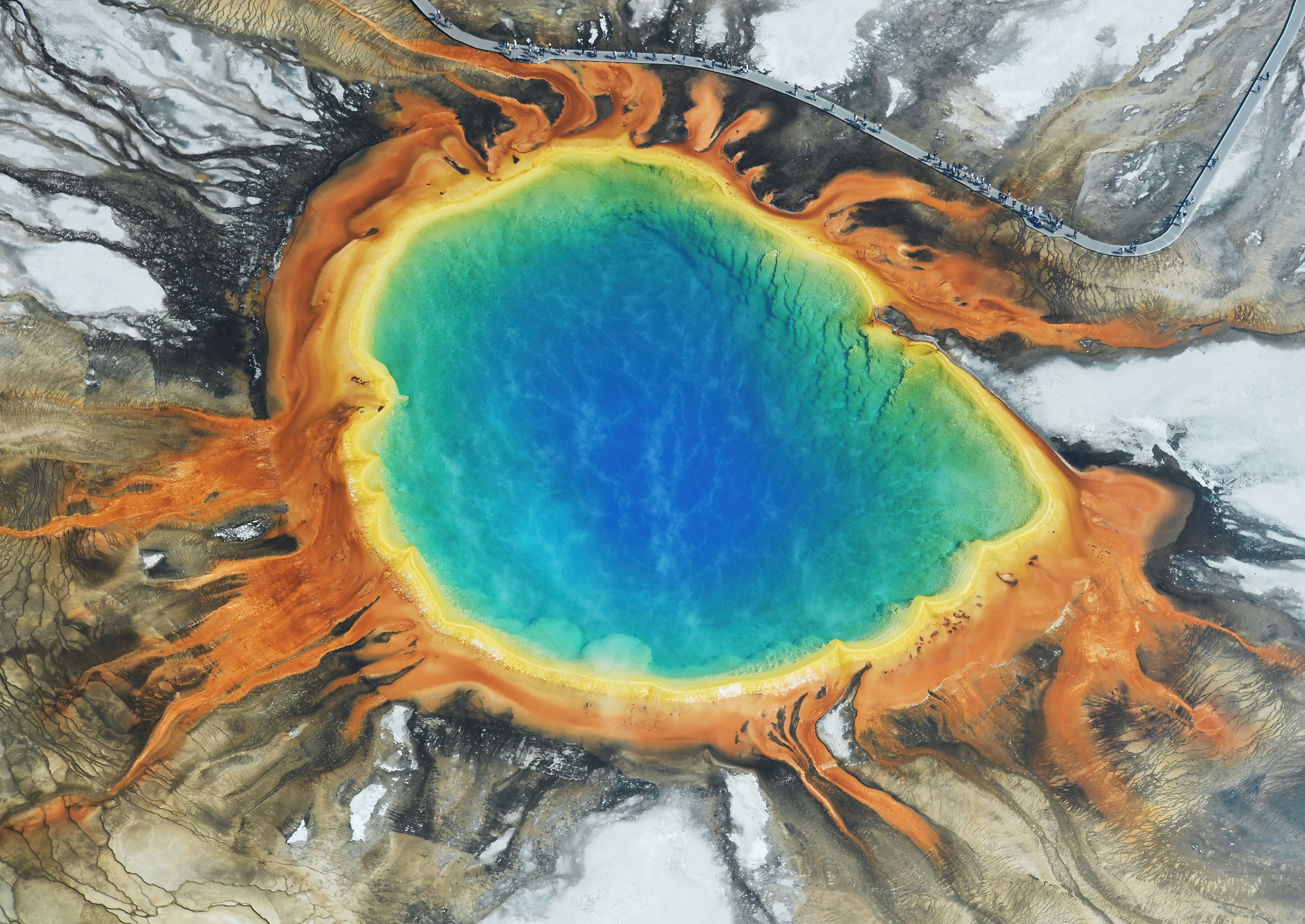Astronomy 101
- Introduction to Astronomy
- The Solar System
- Stars and Galaxies
- The Milky Way and Other Galaxies
- Telescopes and Observatories
- The Sun and the Moon
- The Earth and the Sky
- Space Exploration
- Astrobiology
- Space-Time and Relativity
- Black Holes and Neutron Stars
Astrobiology
Module 9: Astrobiology - Unit 3: Extremophiles on Earth

Organisms specifically adapted to live and survive in extreme environments.
Introduction
Extremophiles are organisms that thrive in extreme environments that are inhospitable to most life forms. These environments can include conditions of extreme temperature, pressure, salinity, radiation, and acidity. The study of extremophiles not only expands our understanding of the limits of life on Earth, but also provides insights into the potential for life to exist in similar extreme environments on other planets and moons.
Types of Extremophiles
Extremophiles are classified based on the type of extreme conditions they can tolerate:
-
Thermophiles and Hyperthermophiles: These organisms thrive at high temperatures. Thermophiles can survive in temperatures between 45-80°C, while hyperthermophiles can live in even hotter conditions, above 80°C. Many of these organisms are found in geothermal environments like hot springs and hydrothermal vents.
-
Psychrophiles: These are organisms that can survive in extremely cold temperatures, often below -20°C. They are found in places like the Arctic and Antarctic regions.
-
Halophiles: These organisms thrive in high-salt environments. They are often found in salt flats or salt pans, where the salt concentration can be over five times greater than the ocean.
-
Acidophiles and Alkaliphiles: Acidophiles can survive in highly acidic environments, while alkaliphiles live in highly alkaline environments. These organisms are often found in places like sulfur springs or soda lakes.
-
Piezophiles or Barophiles: These organisms can withstand high pressure, often several times greater than atmospheric pressure. They are typically found in the deep sea.
-
Radiation-resistant organisms: These organisms can survive high levels of radiation that would be lethal to most life forms. An example is Deinococcus radiodurans, a bacterium that can withstand acute doses of ionizing radiation.
Extremophiles and Astrobiology
The study of extremophiles has significant implications for astrobiology. If life can thrive in extreme conditions on Earth, it's possible that similar life forms could exist on other planets or moons with similar extreme environments. For example, Jupiter's moon Europa and Saturn's moon Enceladus, both of which have subsurface oceans, could potentially host life forms similar to the thermophiles and piezophiles found near Earth's hydrothermal vents.
Furthermore, the ability of some extremophiles to survive in conditions of extreme dryness and radiation resistance suggests that life could potentially survive the harsh conditions of space travel, either naturally (via panspermia) or through human-led space exploration.
Conclusion
Extremophiles challenge our understanding of the limits of life and provide valuable insights into the potential for life beyond Earth. By studying these remarkable organisms, we can expand our search for life in the universe and better understand the resilience of life in the face of extreme conditions.